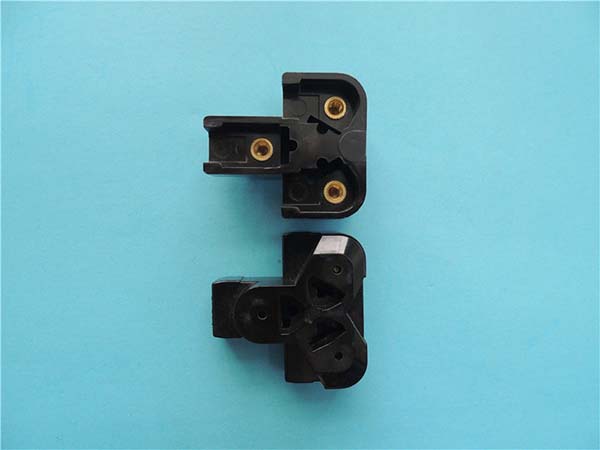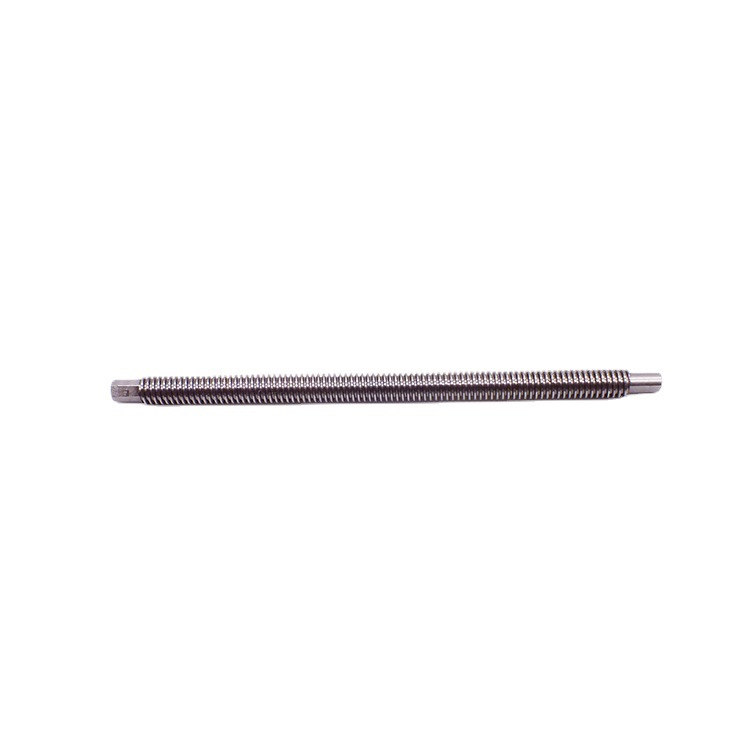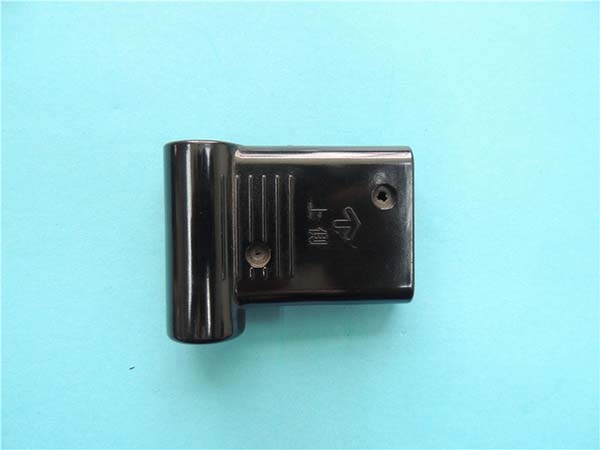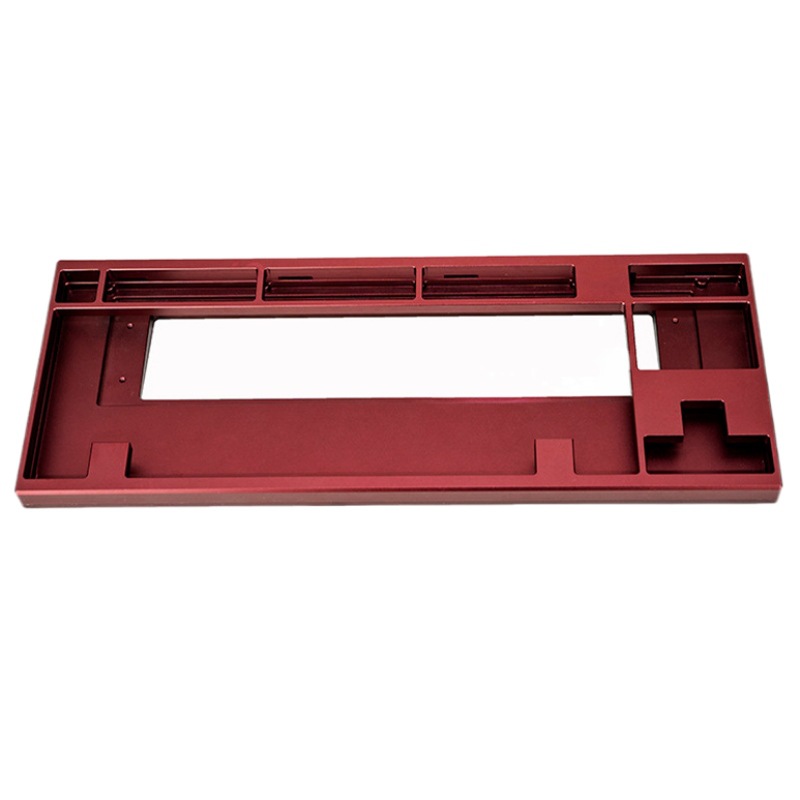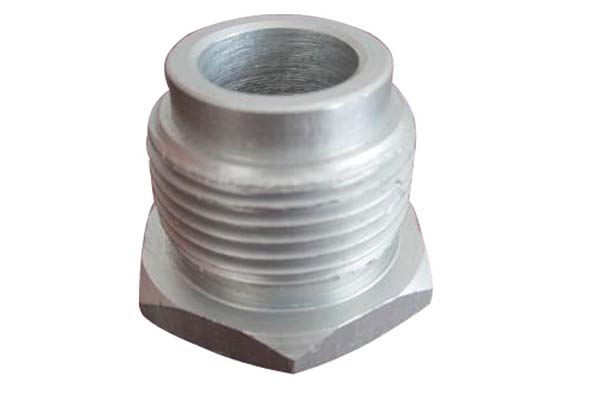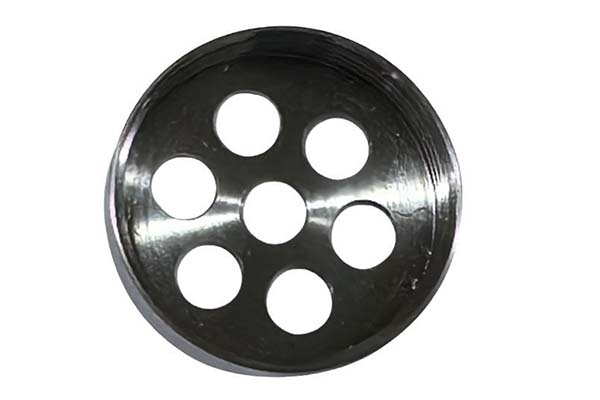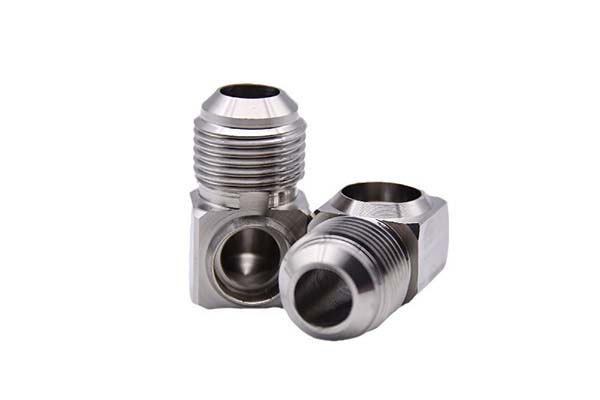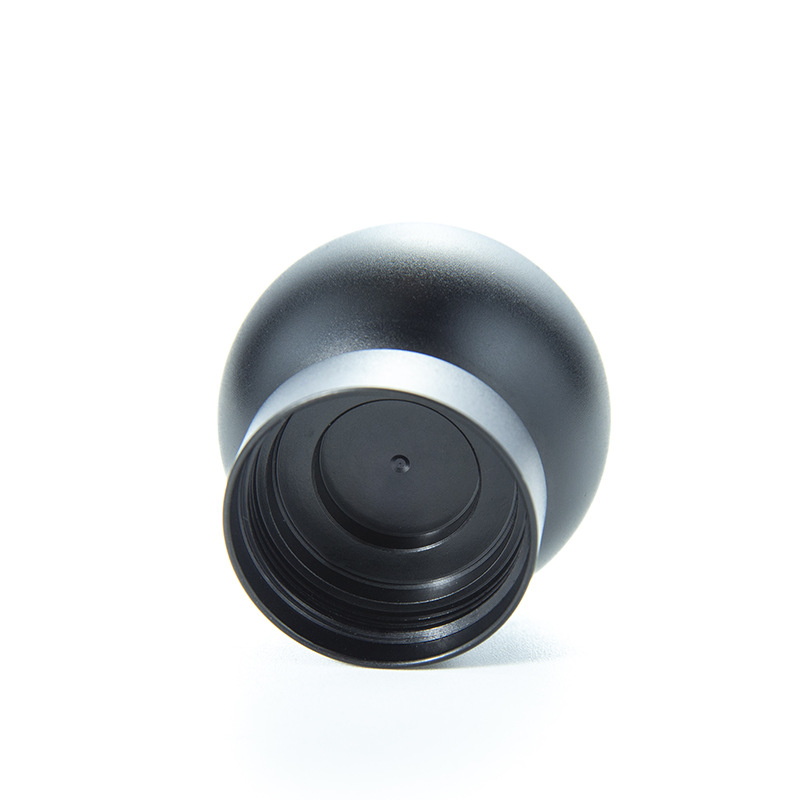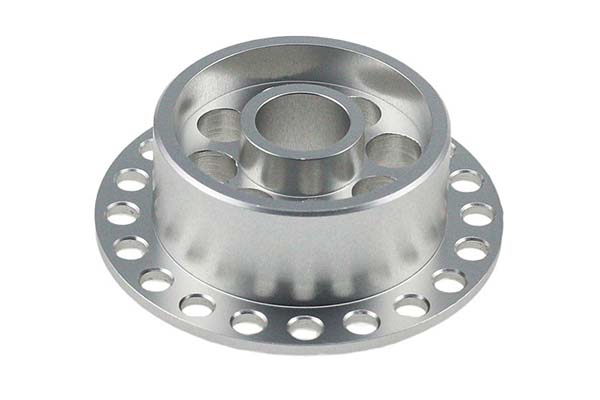CNC machining of PC/ABS (a blend of polycarbonate (PC) and acrylonitrile butadiene styrene (ABS)) comes with unique challenges. Its dual nature—combining PC’s rigidity with ABS’s flexibility—creates inconsistent machining behavior, leading to issues like burring on ABS-rich areas and chipping on PC-dominated sections. Additionally, PC/ABS has moderate thermal conductivity, causing heat to accumulate during machining and increasing the risk of thermal stability issues, such as warping or surface melting. Achieving uniform surface finish across the part is further complicated by its heterogeneous structure, making tolerance verification a delicate balance. This guide addresses these pain points, offering expert strategies to master CNC machining of PC/ABS.
CNC Machining Techniques for PC/ABS
The CNC machining techniques for PC/ABS require a balanced approach to handle its blended properties:
- CNC milling: The primary process, using sharp tools and optimized cutting parameters to minimize heat buildup. A spindle speed of 5000-8000 RPM and feed rate of 0.1-0.2 mm/tooth works well, with a depth of cut of 0.5-2 mm for roughing and 0.1-0.3 mm for finishing. Climb milling reduces burring by cutting cleanly through both PC and ABS phases.
- CNC turning: Suitable for cylindrical PC/ABS parts like knobs or bushings, with spindle speed of 2000-4000 RPM and feed rate of 0.1-0.15 mm/rev. A positive rake angle (+5° to +10°) on tools helps reduce cutting forces, minimizing deformation.
- Drilling and tapping: Requires high-speed steel or carbide drills with a 118° point angle to prevent delamination. Tapping uses spiral-flute taps with a 30° helix angle to evacuate chips, ensuring clean threads in both PC and ABS components.
- Tool path optimization: Smooth, continuous toolpaths reduce abrupt changes in direction, which can cause uneven cutting forces and surface defects. CAD/CAM integration helps generate paths that account for the material’s blend, ensuring consistent results across complex geometries.
- Coolant usage: Mist coolant (5-8% concentration) is ideal, as it dissipates heat without soaking the material—excess moisture can cause ABS to swell, affecting dimensional stability.
Material Properties of PC/ABS
PC/ABS is a blend material that combines the best properties of PC and ABS, influencing its machinability:
- Impact resistance: PC/ABS offers excellent impact strength (20-50 kJ/m²), surpassing both individual components—critical for protective housings and consumer electronics.
- Mechanical strength: It has a tensile strength of 50-70 MPa and flexural modulus of 2000-2800 MPa, balancing rigidity (from PC) and ductility (from ABS) for versatile applications.
- Thermal stability: PC/ABS retains properties at continuous use temperatures of 100-120°C, with a Vicat softening point of 110-130°C—lower than PC alone, requiring careful heat management during machining.
- Chemical resistance: It resists oils, greases, and dilute acids but can be affected by strong solvents like acetone, which can craze the surface—important for automotive interiors and industrial casings.
- Surface hardness: With a Rockwell hardness of R100-115, it offers better scratch resistance than ABS alone, making it suitable for visible parts like consumer goods.
- Dimensional stability: PC/ABS has a low coefficient of thermal expansion (60-80 μm/m·K), reducing post-machining warpage compared to pure ABS.
| Property | PC/ABS | Pure PC | Pure ABS |
| Impact Strength | 20-50 kJ/m² | 60-80 kJ/m² | 10-25 kJ/m² |
| Tensile Strength | 50-70 MPa | 60-75 MPa | 40-50 MPa |
| Thermal Stability (°C) | 100-120 | 120-140 | 80-90 |
| Surface Hardness (Rockwell R) | 100-115 | 110-120 | 90-100 |
Applications of PC/ABS
CNC machined PC/ABS parts are widely used across industries for their balanced performance:
- Consumer electronics: Smartphone cases, laptop housings, and tablet frames leverage its impact resistance and sleek surface finish, withstanding daily drops and scratches.
- Automotive interiors: Dashboard components, door handles, and trim pieces use PC/ABS’s thermal stability and resistance to UV radiation, maintaining appearance in hot car interiors.
- Industrial casings: Enclosures for power tools and control panels benefit from its mechanical strength and resistance to industrial chemicals, ensuring durability in harsh environments.
- Medical devices: Non-implantable parts like instrument housings and diagnostic equipment shells use PC/ABS’s ease of sterilization and impact resistance.
- Protective housings: Cases for outdoor electronics and industrial sensors rely on its balance of rigidity and flexibility, protecting internal components from impacts and weather.
- Custom prototypes: PC/ABS is ideal for functional prototypes, as its machinability and property balance closely mimic production parts, reducing development time.
CNC Machining Equipment for PC/ABS
Specialized CNC machining equipment ensures precision in PC/ABS processing:
- CNC milling machines: 3-axis and 5-axis mills with rigid frames and low-vibration spindles minimize tool deflection, critical for maintaining tolerance in blended materials.
- CNC lathes: High-precision lathes with sensitive feed controls handle cylindrical PC/ABS parts, ensuring consistent surface finish across both PC and ABS phases.
- Multi-axis machining centers: Enable complex geometries to be machined in one setup, reducing workpiece handling and minimizing the risk of dimensional errors.
- High-speed spindles: 6000-10,000 RPM spindles allow faster material removal while reducing heat exposure, preserving thermal stability in PC/ABS.
- Coolant systems: Mist coolant systems with adjustable flow rates (100-200 mL/min) provide targeted cooling, preventing heat-related defects without saturating the material.
- Vacuum fixtures: Secure thin-walled PC/ABS parts during machining, preventing warping and ensuring uniform cutting forces across the workpiece.
Quality Control in CNC Machining PC/ABS
Maintaining quality in PC/ABS parts ensures performance and aesthetics:
- Inspection methods: Dimensional measurement using coordinate measuring machines (CMMs) verifies tolerances, with measurements taken at 23°C ±2°C to account for thermal expansion.
- Surface roughness: PC/ABS typically achieves Ra 1.6-3.2 μm with standard machining. Profilometers check for inconsistencies, with Ra <2.0 μm required for visible parts like consumer electronics housings.
- Tolerance verification: Statistical process control (SPC) tracks variations, ensuring parts meet ±0.02-0.05 mm tolerances—tighter (±0.01-0.02 mm) for precision components like medical device enclosures.
- Non-destructive testing: Visual inspections under magnification (10-20x) check for burring, chipping, or delamination, critical for parts with cosmetic requirements.
- Hardness testing: Rockwell R hardness (100-115) is verified to ensure material consistency, as variations can indicate uneven PC/ABS blending and affect machinability.
- In-process monitoring: Real-time temperature sensors detect heat buildup, triggering automatic adjustments to spindle speed or feed rate to prevent thermal defects.
Yigu Technology's Perspective
Yigu Technology specializes in CNC machining PC/ABS, leveraging expertise in balancing its blended properties. We use carbide tools with polished flutes to minimize burring and chipping, paired with mist coolant systems for precise heat management. Our multi-axis machining centers and CAD/CAM integration ensure complex parts are machined accurately in one setup. Quality control includes CMM inspections and surface roughness testing, critical for consumer electronics and automotive clients. We optimize cutting parameters to match PC/ABS ratios, delivering parts with consistent surface finish and tight tolerances. Whether producing protective housings or custom prototypes, we tailor our processes to PC/ABS’s unique needs, ensuring reliable, high-quality results.
FAQ
- Why does PC/ABS sometimes produce burrs during machining, and how to prevent them?
Burrs occur due to ABS’s ductility, which tends to tear rather than cut cleanly. Prevention involves using sharp carbide tools with a positive rake angle, reducing feed rate to 0.1-0.15 mm/tooth, and using climb milling to cut through the material cleanly.
- What is the optimal surface roughness for PC/ABS parts, and how to achieve it?
PC/ABS typically achieves Ra 1.6-3.2 μm. To improve finish (Ra <1.6 μm), use a light finishing pass (0.1-0.2 mm depth of cut) with high spindle speed (8000-10,000 RPM) and sharp tools, ensuring minimal heat buildup.
- How does PC/ABS’s blend ratio affect machining?
PC-rich blends (60% PC/40% ABS) require slower feed rate to prevent chipping, while ABS-rich blends (40% PC/60% ABS) need faster feeds to reduce burring. Adjusting parameters based on the ratio ensures consistent results across different PC/ABS grades.
